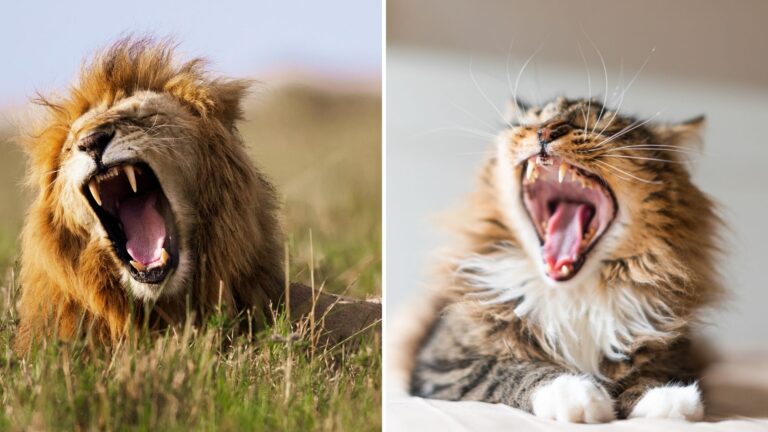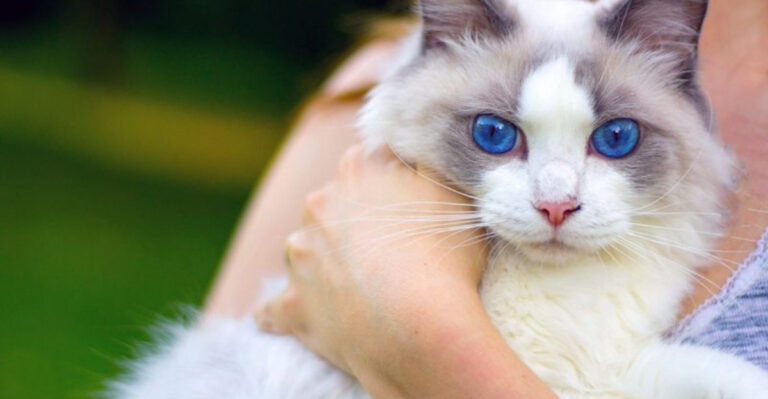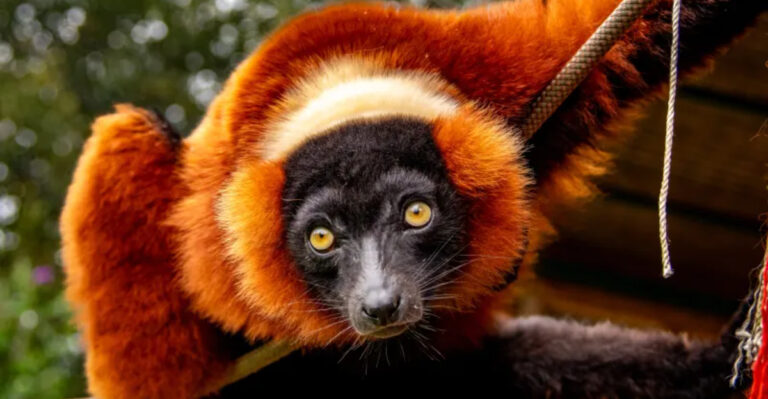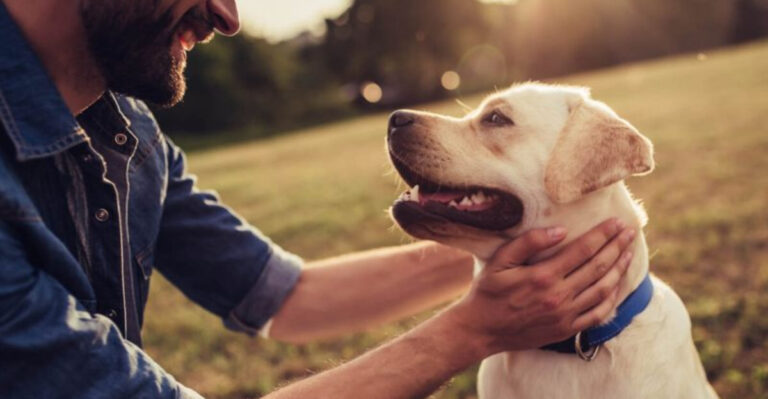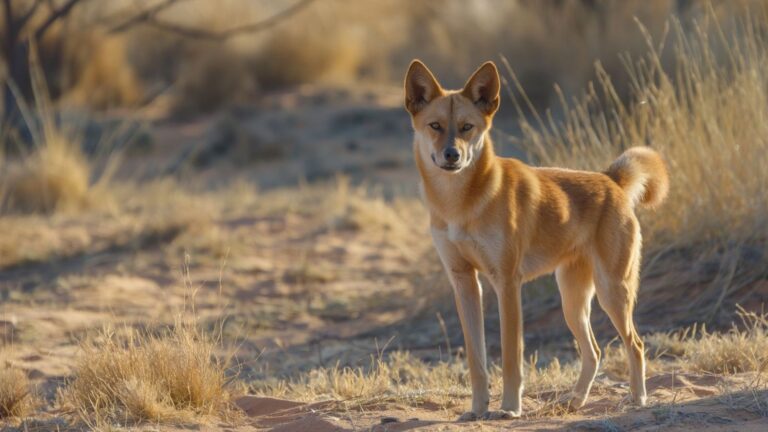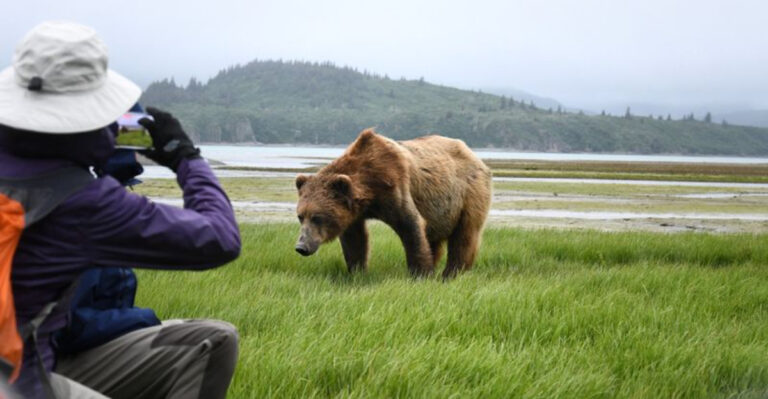13 Oldest Dog Breeds That Are Still Stealing Hearts Around The World
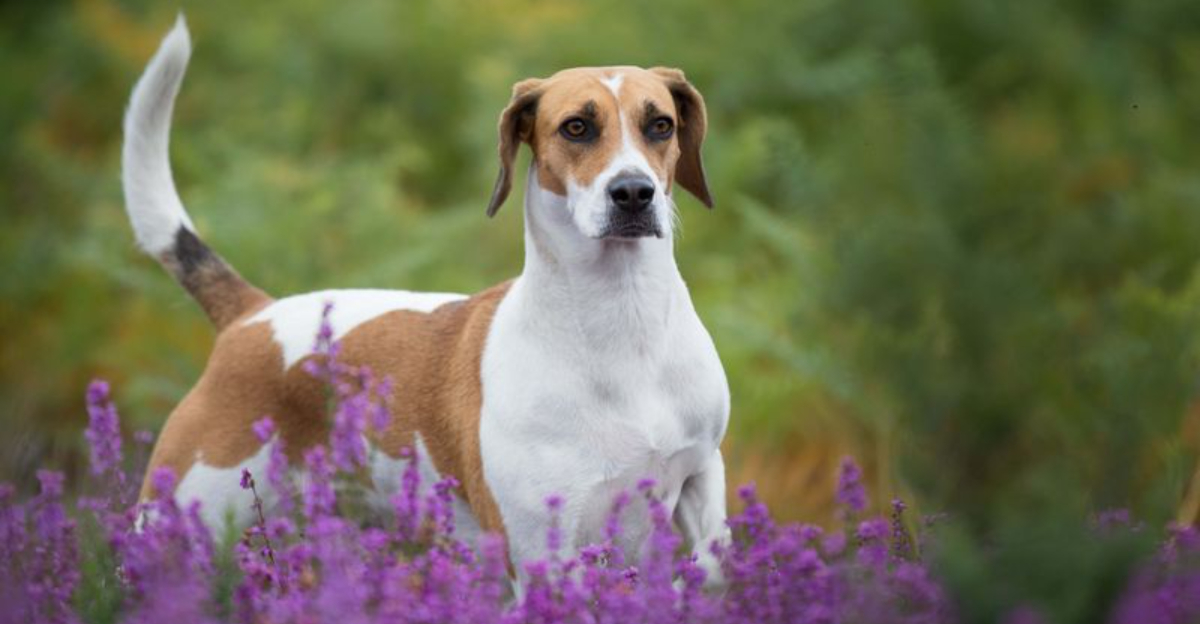
Dogs have been our loyal companions for thousands of years, with some breeds dating back to ancient civilizations. These historic canines have survived through countless generations, preserving their distinctive traits and characteristics that first made them valuable to humans.
From working dogs that helped our ancestors hunt and herd to loyal protectors that guarded homes and families, these ancient breeds continue to capture our hearts today with their timeless appeal and fascinating histories.
1. Canadian Eskimo Dog
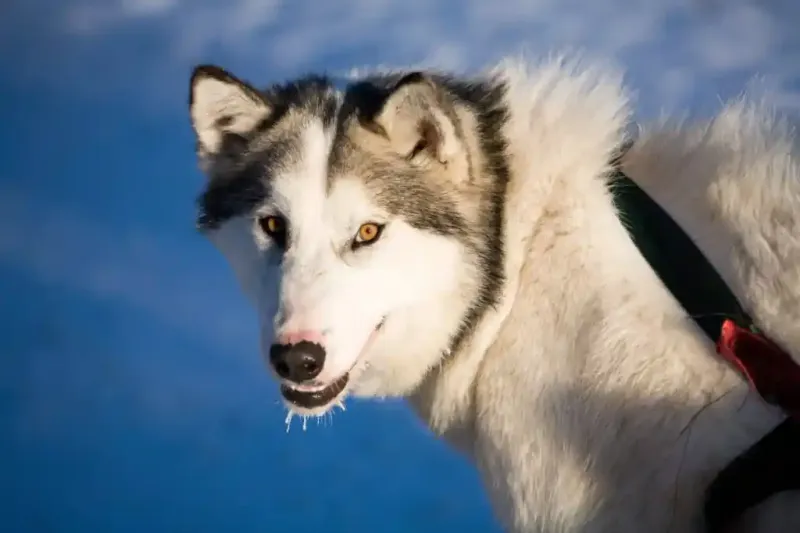
Rugged and resilient, these powerful sled dogs have been the lifeline of Inuit communities for over 4,000 years. Their thick double coats and muscular builds helped them survive in temperatures that would freeze most creatures solid.
Canadian Eskimo Dogs nearly vanished in the 1970s when snowmobiles replaced traditional dog teams. From thousands strong, their numbers dwindled to just 15 purebred dogs! Thanks to dedicated conservation efforts, these living pieces of indigenous heritage continue their comeback.
Their unwavering loyalty and exceptional work ethic make them remarkable companions for those who can match their boundless energy and need for purpose.
2. Deerhound
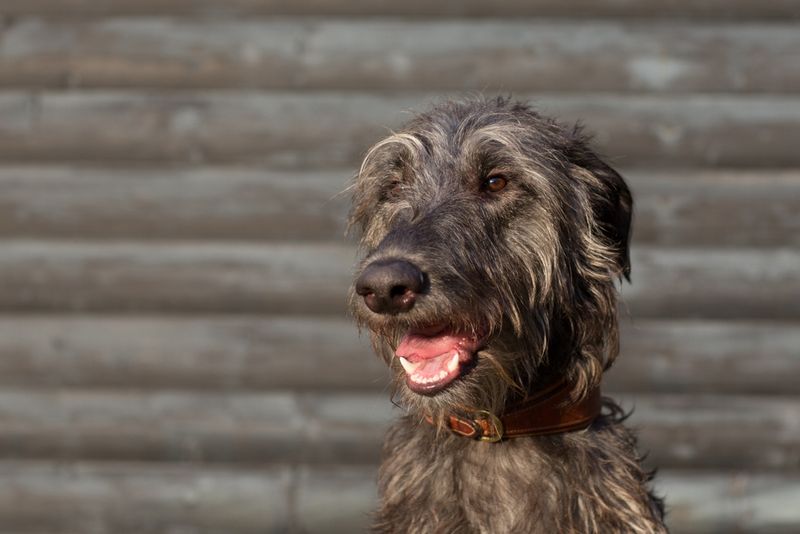
Tall and graceful with wiry coats, Deerhounds have roamed the Scottish Highlands since before recorded history. These regal hunters once tracked and brought down deer for Scottish nobility, earning them the nickname “Royal Dog of Scotland.”
Standing up to 32 inches at the shoulder, these gentle giants possess surprising speed and agility. Their hunting prowess nearly led to their extinction when commoners were forbidden from owning them, making them exclusive to nobility.
Despite their imposing size, Deerhounds are famously gentle and calm indoors. They’ve been mentioned in literature for centuries, even appearing in Sir Walter Scott’s novels as faithful companions.
3. Glen Of Imaal Terrier
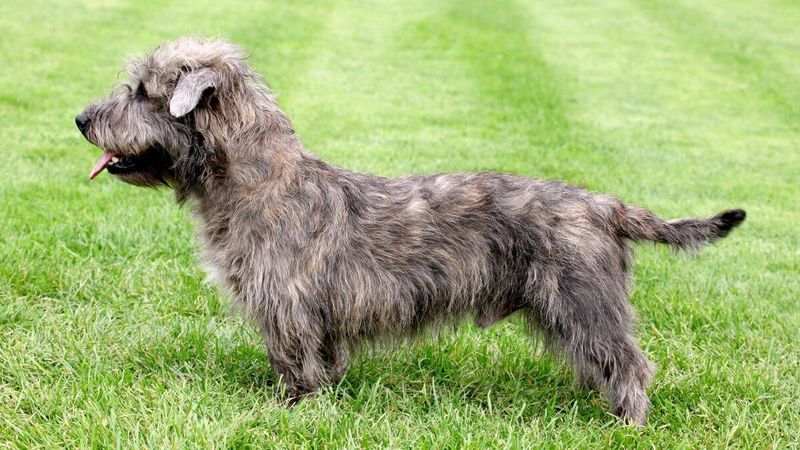
Don’t let their short legs fool you! These sturdy little workers from Ireland’s remote Wicklow Mountains have been tackling tough jobs since the 1600s. Unlike their yappy terrier cousins, Glen of Imaal Terriers earned their keep in silence, making them perfect for hunting badgers and foxes without alerting prey.
Their unique “silent” temperament came from necessity – French soldiers who settled in the Glen of Imaal valley needed quiet dogs that wouldn’t give away their positions. These scrappy pups even worked as turnspit dogs, running on wheels to turn meat over cooking fires!
With expressive eyes and wiry blue-gray coats, these rare treasures remain one of Ireland’s best-kept secrets.
4. Harrier
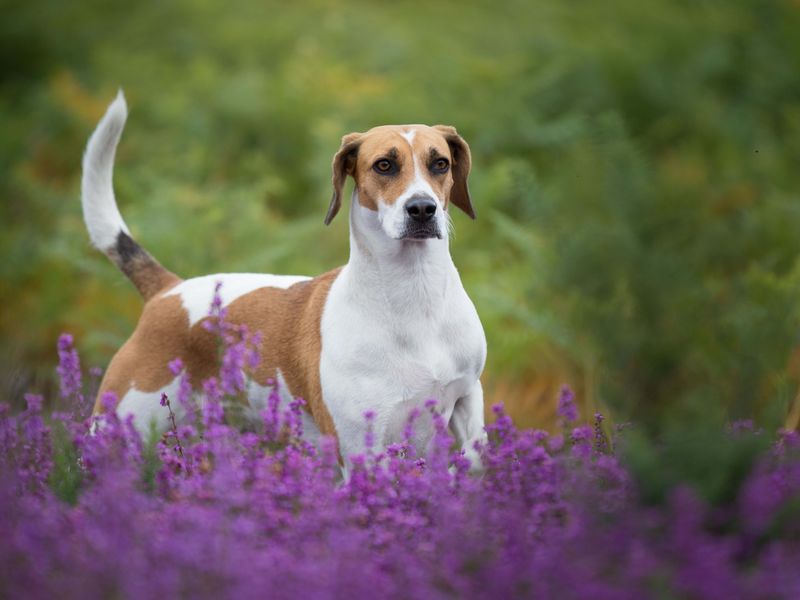
Dating back to medieval England, these merry hunting hounds have been bounding through the British countryside since the 1200s. Perfectly sized between Beagles and Foxhounds, Harriers were developed specifically to hunt hares in packs, using their incredible stamina and keen noses.
The breed became so established that by 1260, the first pack of Harrier hounds was officially recorded in England. Their balanced proportions and friendly expressions hint at their easygoing personalities.
Though wildly popular in Britain for centuries, Harriers remain surprisingly uncommon elsewhere. Their melodious baying voice – once crucial for hunters to track their location – continues to announce their presence with joyful enthusiasm.
5. Italian Greyhound
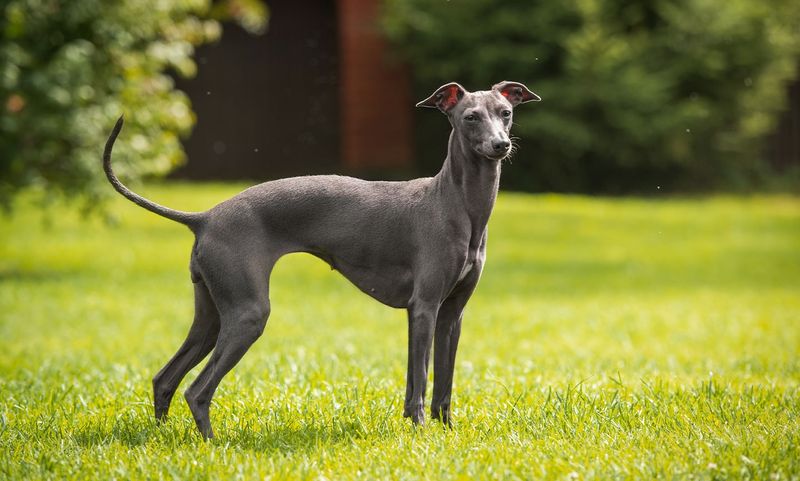
Excavated skeletons prove these miniature speedsters existed over 2,000 years ago, making them one of the oldest toy breeds. Turkish burial sites dating back to 2000 BCE contain remains of dogs remarkably similar to today’s Italian Greyhounds!
Their delicate frames and elegant movements captivated Renaissance royalty across Europe. These tiny aristocrats warmed the laps of Catherine the Great, Queen Victoria, and countless Italian noblewomen who adored their affectionate nature and dainty appearance.
Despite their fragile look, Italian Greyhounds can reach speeds of 25 mph in short bursts. Their thin skin and minimal body fat make them perpetual heat-seekers – they’ll burrow under blankets at the slightest chill.
6. Italian Spinone
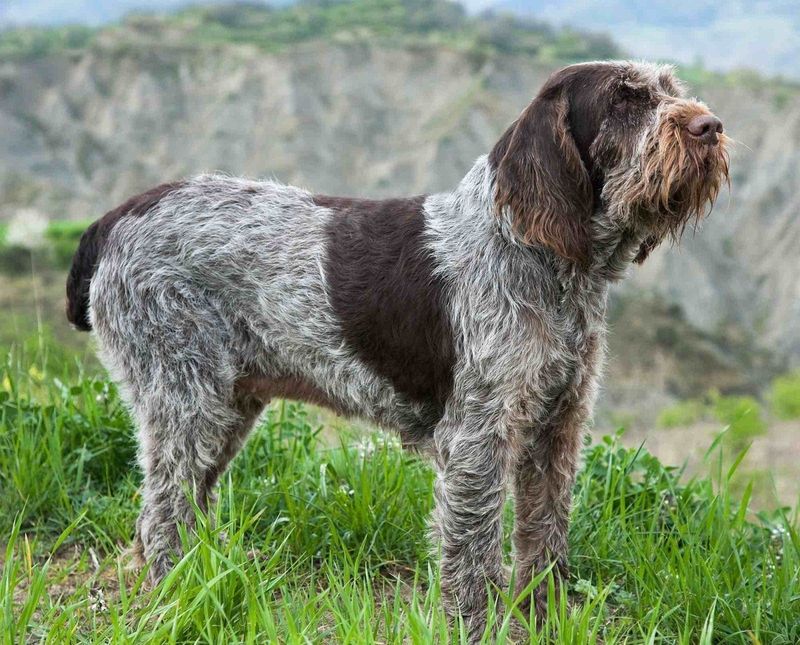
With shaggy beards and soulful eyes, these ancient Italian hunting dogs have been pointing game since Roman times. Frescoes dating back to 500 BCE depict dogs remarkably similar to today’s Spinoni, making them one of Europe’s oldest pointing breeds.
Their dense, weather-resistant coats equipped them for Italy’s varied terrain, from snowy mountains to thorny underbrush. The name “Spinone” likely comes from “spino” (thorn), highlighting their ability to navigate prickly thickets where other dogs wouldn’t venture.
Famous for their patient, methodical hunting style, these versatile dogs were prized for their ability to hunt, point, retrieve, and even track wounded game. Their trademark “trot” conserves energy, allowing them to hunt tirelessly all day.
7. Norwegian Elkhound
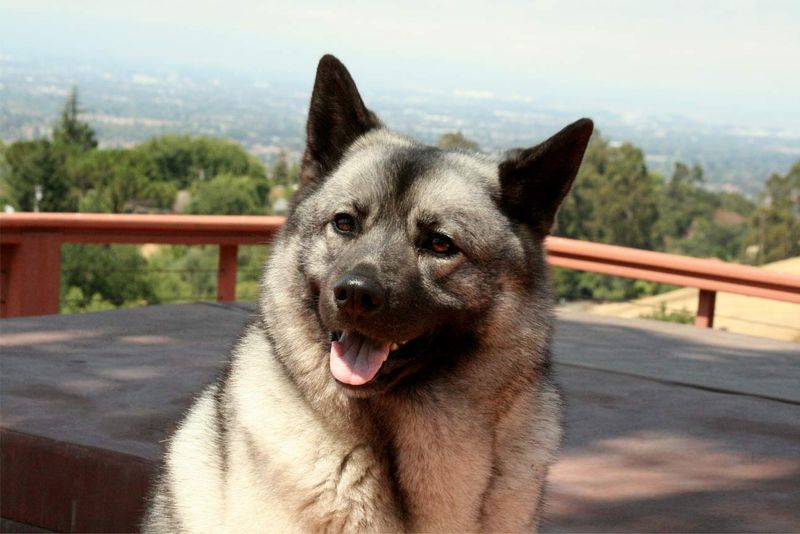
Archaeological evidence places these spitz-type dogs alongside Vikings as far back as 5000 BCE. Skeletal remains discovered in Norwegian burial sites show these hardy dogs haven’t changed much in thousands of years!
Built for the harsh Nordic climate, their dense silver-gray coats and curled tails helped them survive frigid temperatures while tracking moose and bear across vast distances. These fearless hunters would hold large game at bay by barking and dodging until hunters arrived.
Beyond hunting, they served as guardians, herders, and even babysitters for Viking children. Their compact, muscular build houses remarkable strength and agility, while their intelligent eyes reveal the alert mind that’s helped them survive through millennia.
8. Bearded Collie
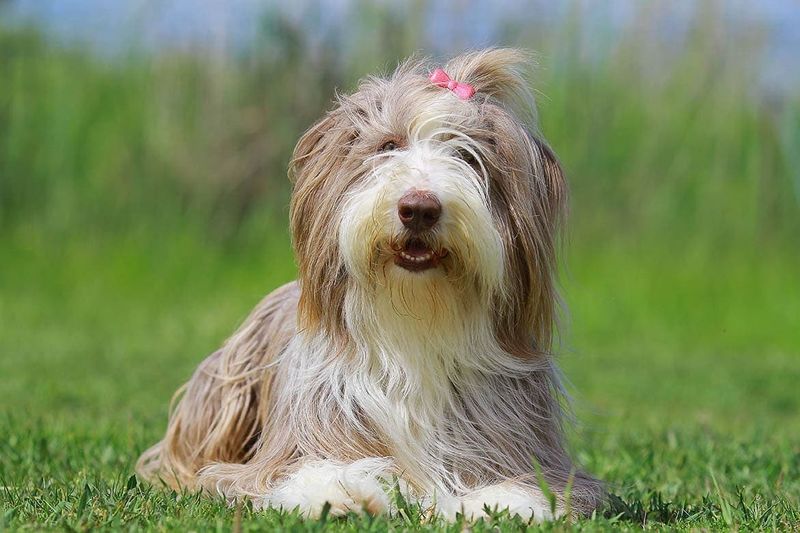
With flowing coats that seem perpetually windswept, these charismatic herders have been managing Scottish livestock since the 1500s. Their distinctive “bounce” – a unique working style where they spring up and down to see over tall grasses – helped them keep track of sheep across the misty highlands.
Legend claims the breed began when a Polish merchant traded a pair of Polish Lowland Sheepdogs to Scottish shepherds in 1514. These dogs interbred with local herding dogs, creating the foundation for today’s Beardies.
Their weatherproof double coats protected them from Scotland’s notoriously harsh elements. Despite their shaggy appearance, Bearded Collies are known for their sunny dispositions – their expressive eyes and bouncy enthusiasm have earned them the nickname “bouncing Beardies.”
9. Mastiff
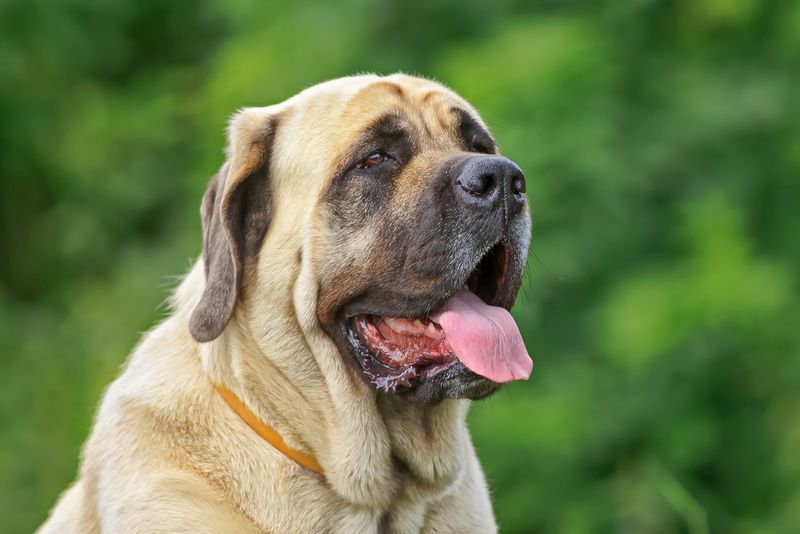
These gentle giants have protected homes and families for over 5,000 years. Babylonian carvings from 2500 BCE depict massive dogs nearly identical to modern Mastiffs, making them one of the oldest identified breeds still existing today.
Roman writings describe these massive guardians fighting alongside soldiers and later entertaining crowds in combat with lions and bears. When Caesar invaded Britain in 55 BCE, he was impressed by the fierce war Mastiffs used by the British and exported them back to Rome.
Despite their intimidating size – often weighing over 200 pounds – Mastiffs are known as gentle souls. Their famous black mask and wrinkled foreheads give them a perpetually concerned expression that matches their protective yet tender nature.
10. Alaskan Malamute
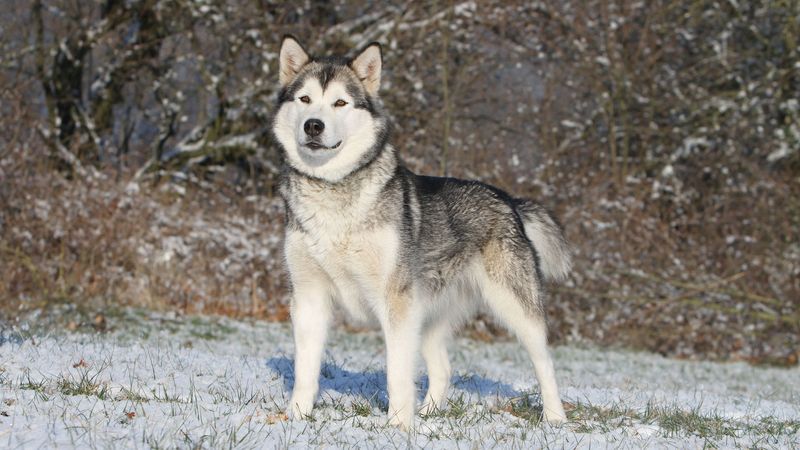
Archaeological evidence suggests these powerful snow dogs have existed for at least 4,000 years, making them one of North America’s oldest breeds. The Mahlemut Inuit tribe developed these incredible working dogs to hunt seals, pull heavy sleds, and even help locate polar bears.
Their thick double coats and snowshoe-like paws allowed them to thrive in temperatures reaching -70°F. Unlike racing sled dogs like Huskies, Malamutes were bred specifically for power over speed – they’re the freight trains of the dog world.
Gold rush prospectors paid astronomical sums for these dogs, recognizing their unmatched ability to haul heavy equipment across frozen terrain. Their distinctive “woo-woo” vocalizations and playful personalities contrast with their wolf-like appearance.
11. Japanese Akita
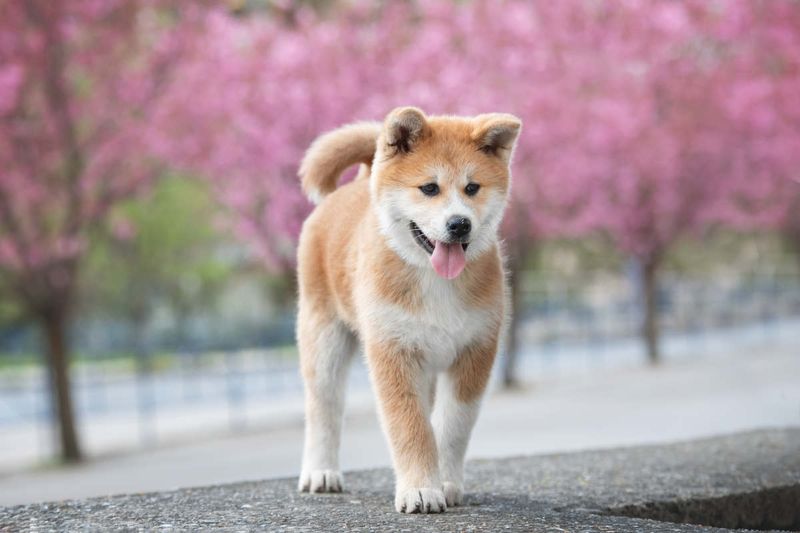
Revered in Japan for over 1,000 years, these dignified guardians served as companions to samurai warriors and symbols of good health. Parents traditionally received Akita figurines when a child was born, representing protection and long life.
Emperor Taisho so treasured these dogs that he designated them as a Japanese Natural Monument in 1931. During World War II, the breed nearly vanished when many were killed for their fur or as food during severe shortages.
The world’s most famous Akita, Hachikō, became immortalized for his loyalty after waiting at a train station every day for nine years after his owner’s death. This powerful story cemented the Akita’s reputation for unwavering devotion and sparked worldwide interest in this ancient breed.
12. Saluki
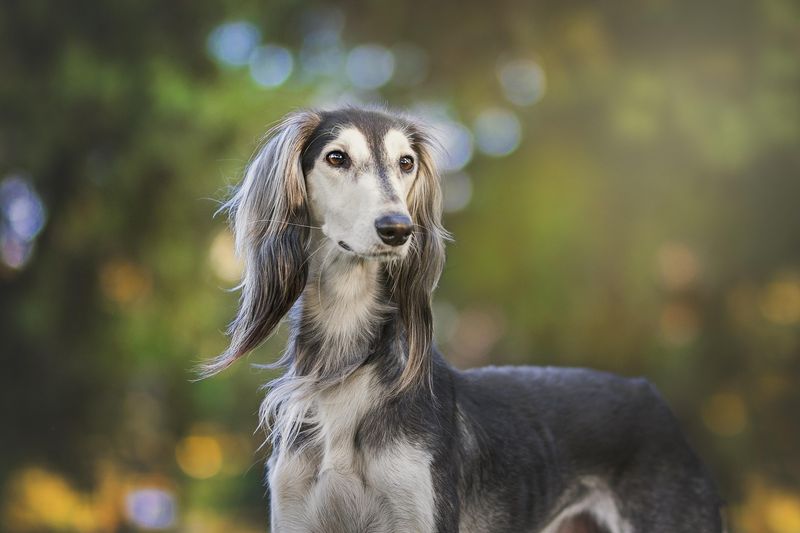
Often called the Royal Dog of Egypt, Salukis have been chasing gazelles across desert sands for over 7,000 years. Mummified Saluki remains have been discovered in ancient Egyptian tombs, and their images appear on artifacts dating back to 7000 BCE!
Unlike other dogs considered “unclean” in many Middle Eastern cultures, Salukis were so revered they were allowed to sleep in tents with nomadic tribes. These “swift-footed ones” can reach speeds of 40 mph, making them among the fastest dogs on earth.
Their distinctive feathered ears and tail, combined with their sleek silhouette, give them an aristocratic appearance that matches their ancient noble status. Despite their regal bearing, they’re known for their deep sensitivity and surprising affection toward their chosen people.
13. Chow Chow
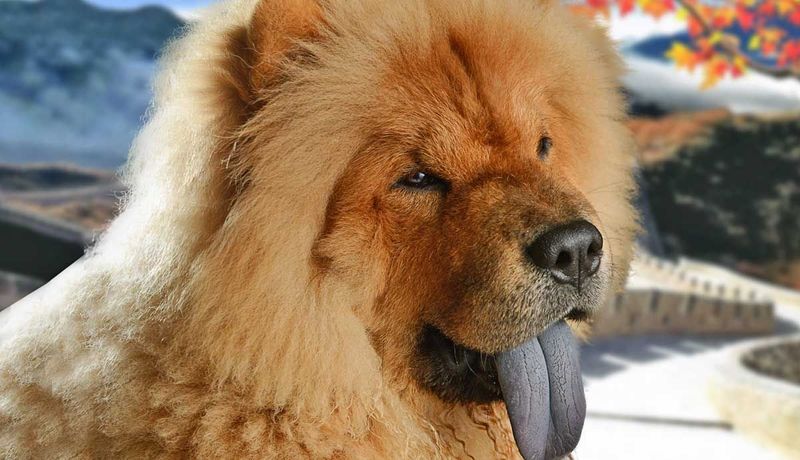
With their distinctive blue-black tongues and lion-like manes, Chow Chows have existed in China for at least 2,000 years. Clay figurines resembling modern Chows have been dated to the Han Dynasty (206 BCE), and some historians believe they may be one of the original dog breeds from which others evolved.
Chinese emperors kept them as hunting companions, guard dogs, and even sources of fur and meat during desperate times. Their name likely comes from the cargo designation “chow chow” used by British merchants who transported these unusual dogs from China in the 1700s.
Most fascinating is their unique straight-backed hind legs, giving them a stilted gait unlike any other breed. Their naturally serious expressions and dignified bearing reflect their long history as noble companions.

